Damage Prognosis For Aerospace, Civil and Mechanical Systems
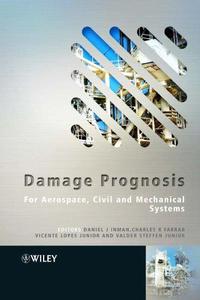
Damage Prognosis: For Aerospace, Civil and Mechanical Systems By
2005 | 452 Pages | ISBN: 0470869070 | PDF | 6 MB
Damage prognosis is a natural extension of damage detection and structural health monitoring and is forming a growing part of many businesses. This comprehensive volume presents a series of fundamental topics that define the new area of damage prognosis. Bringing together essential information in each of the basic technologies necessary to perform damage prognosis, it also reflects the highly interdisciplinary nature of the industry through the extensive referencing of each of the component disciplines. Taken from lectures given at the Pan American Advanced Studies Institute in Damage Prognosis sponsored by the US National Science Foundation in cooperation with Los Alamos National Laboratories, this book will be essential reading for anyone looking to get to grips with the fundamentals of damage prognosis. Presents the 'ground rules' for Damage Prognosis. Deals with interdisciplinary topics: rotating machines, aerospace structures, automotive components and civil structures. Covers essential technical material: equations, graphs and Descriptions, tables and photographs. Offers additional material from the associated workshop on an active web site. Content: Chapter 1 An Introduction to Damage Prognosis (pages 1-12): Charles R. Farrar, Nick A.J. Lieven and Matthew T. BementChapter 2 An Overview of Modeling Damage Evolution in Materials (pages 13-59): Todd O. Williams and Irene J. BeyerleinChapter 3 In Situ Observation of Damage Evolution and Fracture Toughness Measurement by SEM (pages 61-73): Juan E. Perez Ipina and Alejandro A. YawnyChapter 4 Predictive Modeling of Crack Propagation Using the Boundary Element Method (pages 75-90): Paulo SolleroChapter 5 On Friction Induced Nonideal Vibrations: A Source of Fatigue (pages 91-109): Jose M. Balthazar and Bento R. PontesChapter 6 Incorporating and Updating of Damping in Finite Element Modeling (pages 111-129): J.A. Pereira and R.M. DoiChapter 7 Model?Based Inverse Problems in Structural Dynamics (pages 131-175): Valder Steffen and Domingos A. RadeChapter 8 Structural Health Monitoring Algorithms for Smart Structures (pages 177-199): Vicente Lopes and Samuel da SilvaChapter 9 Uncertainty Quantification and the Verification and Validation of Computational Models (pages 201-219): Francois M. HemezChapter 10 Reliability Methods (pages 221-234): Amy Robertson and Francois M. HemezChapter 11 Lamb?Wave Based Structural Health Monitoring (pages 235-258): Ajay Raghavan and Carlos E.S. CesnikChapter 12 Structural Energy Flow Techniques (pages 259-274): Jose Roberto de F.ArrudaChapter 13 Impedance?Based Structural Health Monitoring (pages 275-292): Gyuhae Park and Daniel J. InmanChapter 14 Statistical Pattern Recognition Paradigm Applied to Defect Detection in Composite Plates (pages 293-303): Hoon SohnChapter 15 Sensing and Data Acquisition Issues for Damage Prognosis (pages 305-321): Charles R. Farrar, Phillip J. Cornwell, Norman F. Hunter and Nick A.J. LievenChapter 16 Design of Active Structural Health Monitoring Systems for Aircraft and Spacecraft Structures (pages 323-341): Fu?Kuo Chang, Jeong?Beom Ihn and Eric BlaiseChapter 17 Optical?Based Sensing (pages 343-362): Michael D. ToddChapter 18 Prognosis Applications and Examples (pages 363-384): Douglas E. AdamsChapter 19 Prognosis of Rotating Machinery Components (pages 385-419): Michael J. Roemer, Gregory J. Kacpryznski, Rolf F. Orsagh and Bruce R. MarshallChapter 20 Application of Simplified Statistical Models in Hydro Generating Unit Health Monitoring (pages 421-434): Geraldo C. Brito


![S.T.A.L.K.E.R. 2 / STALKER 2: Heart of Chornobyl - Ultimate Edition (2024) [+UPDATE 23.12.2024 - v1.1.3] ElAmigos / Polska wersja językowa](https://i.postimg.cc/Zqd8RWGY/UZG8PBE.jpg)



































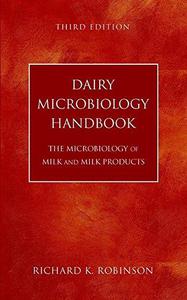
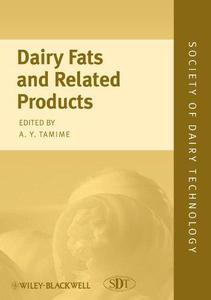

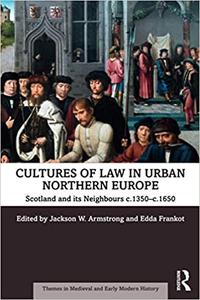
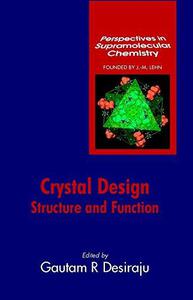
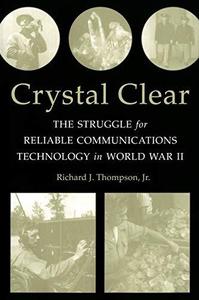
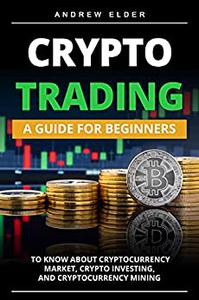
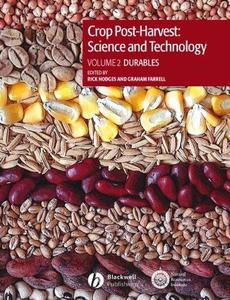








![David Gilmour - Luck and Strange (2024) [FLAC]](https://i.imgur.com/everaBc.jpeg)
![Męskie Granie Orkiestra - Męskie Granie 2024 (2024) [FLAC]](https://i.imgur.com/FAyOxrM.jpeg)
![The Rolling Stones - Hackney Diamonds (2023) [FLAC]](https://i.imgur.com/wCkyyUN.jpg)
![Lady Gaga - Harlequin (2024) [FLAC]](https://i.imgur.com/dcgIA8D.jpeg)
![Natalia Kukulska - Dobrostan (2024) [FLAC]](https://i.imgur.com/bdljG3O.jpeg)
![Kaśka Sochacka - Ta druga (2024) [FLAC]](https://i.imgur.com/hORQKvn.jpeg)
![Kuba Sienkiewicz - Pani Bóg (2024) [FLAC]](https://i.imgur.com/qijCx8Z.jpeg)
![Lanberry - Heca (2024) [FLAC]](https://i.imgur.com/8P7QfeR.jpeg)
![Sara James - PLAYHOUSE (2024) [FLAC]](https://i.imgur.com/m4f8OKg.jpeg)
![Grzegorz Hyży - EPILOG (2024) [FLAC]](https://i.imgur.com/8DA2sBr.jpeg)
![Myslovitz - WIECZORAMI CHŁOPCY WYCHODZĄ NA ULICE (2024) [FLAC]](https://i.imgur.com/l9mMtIG.jpeg)
![Krzysztof Zalewski - ZGŁOWY (2024) [FLAC]](https://i.imgur.com/vh48RAc.jpeg)
![Krzysztof Cugowski - Wiek to tylko liczba (2024) [FLAC]](https://i.imgur.com/SBzgqe2.jpeg)
![Nosowska - Kasia i Błażej (2024) [FLAC]](https://i.imgur.com/mObvVXQ.jpeg)
![sanah - Pianinkowe Kaprysy (2024) [FLAC]](https://i.imgur.com/pVjjPAa.jpeg)
![Kwiat Jabłoni - Pokaz slajdów (2023) [FLAC]](https://i.imgur.com/diERHfZ.jpg)
![Robert Cichy - Spacer po Warszawie (2024) [FLAC]](https://i.imgur.com/ixleU9o.jpeg)
![Viki Gabor - Terminal 3 (2024) [FLAC]](https://i.imgur.com/Q1KCnDs.jpeg)
![Sanah - Kaprysy (2024) [FLAC]](https://i.imgur.com/71OZm4h.jpeg)
![Męskie Granie Orkiestra - Męskie Granie 2023 (2023) [FLAC]](https://i.imgur.com/U4YHo8d.jpg)




